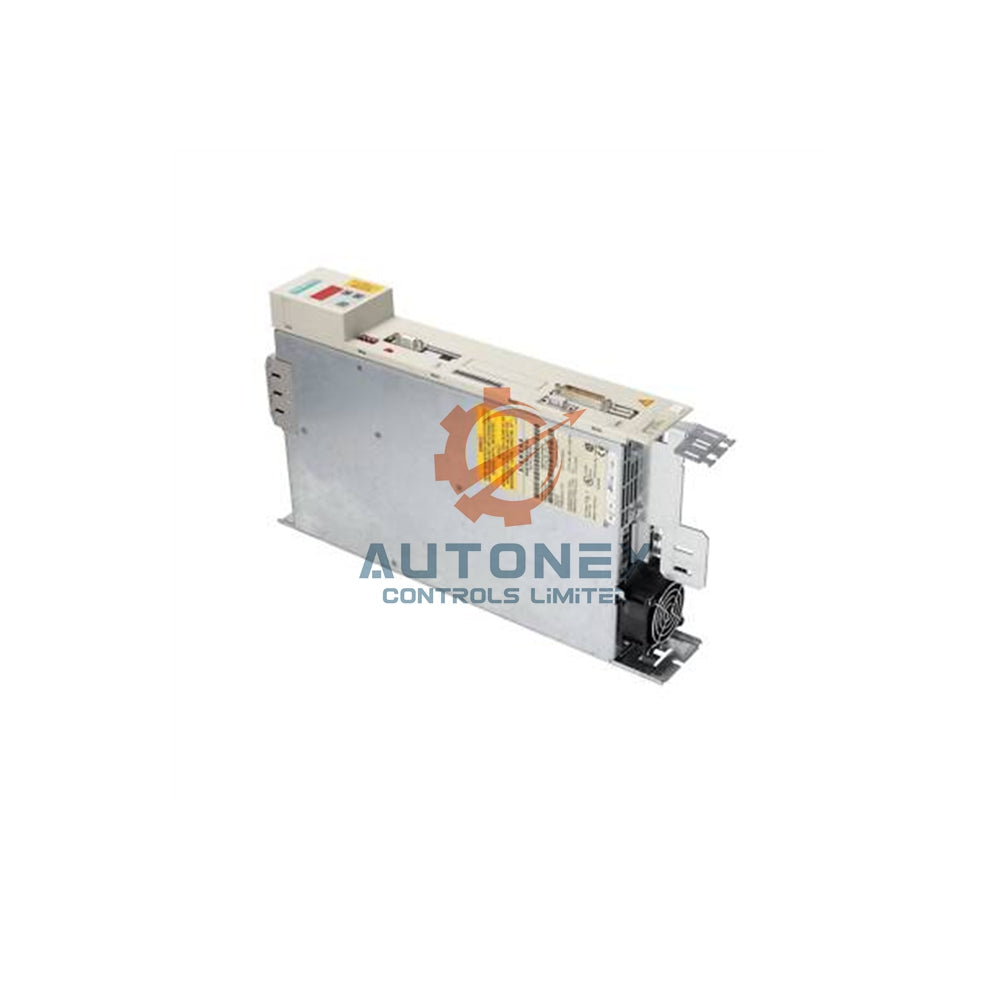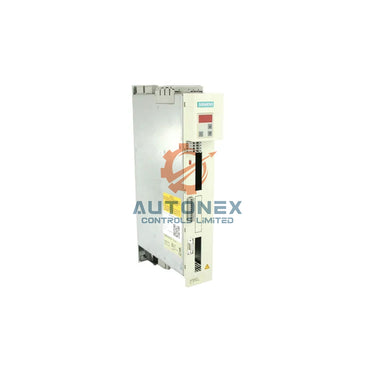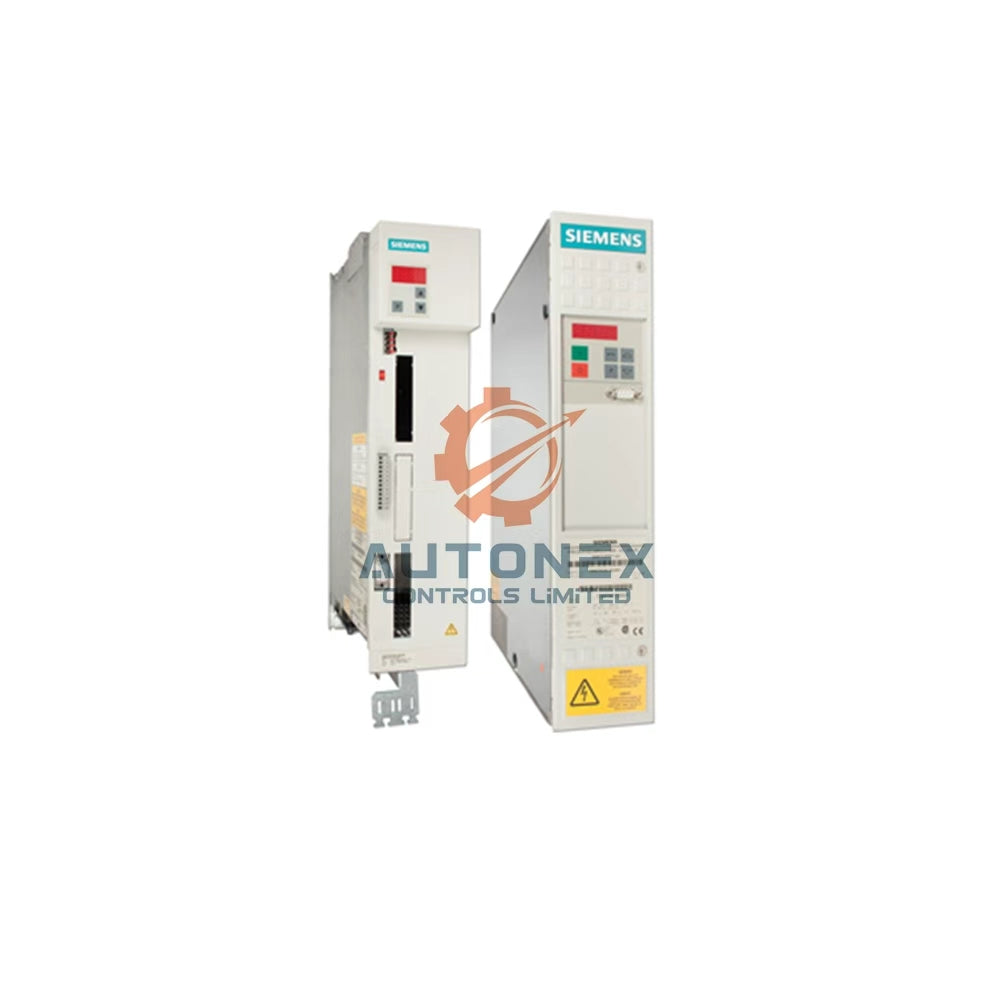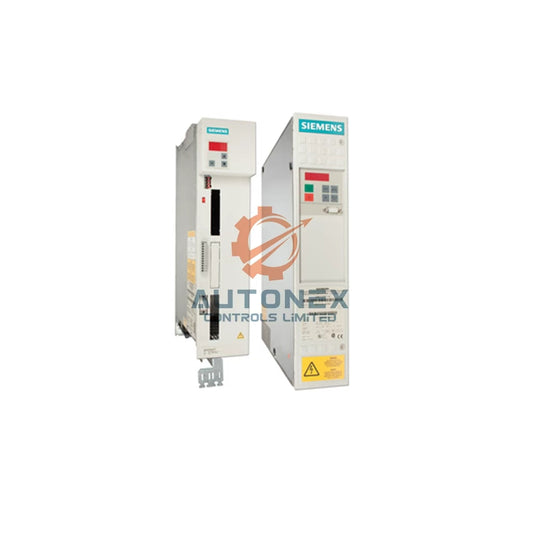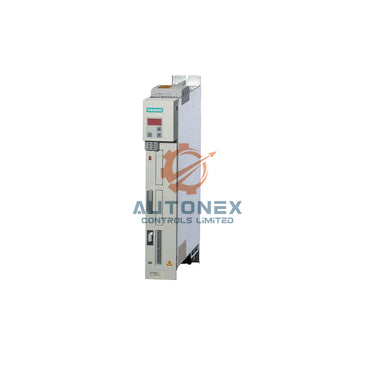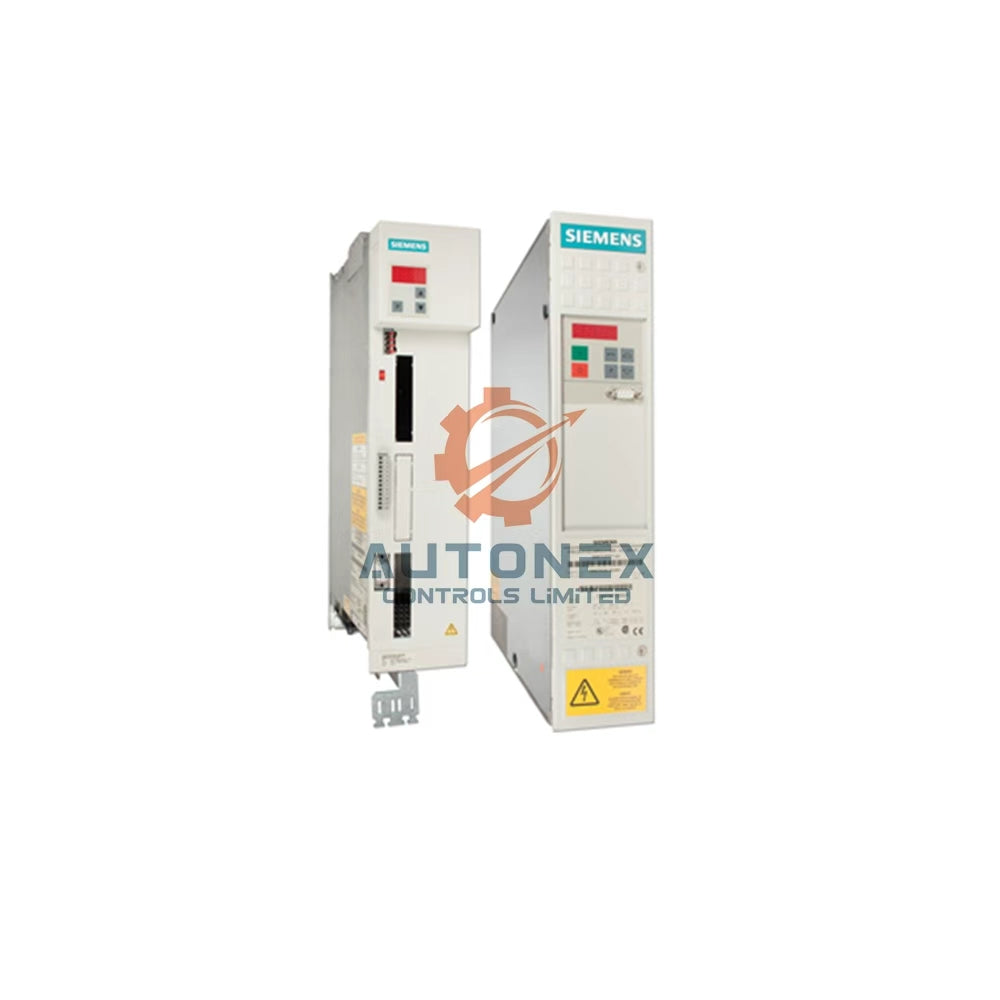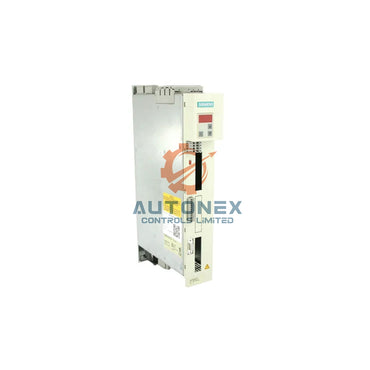Complete Installation Guide: Wiring S7-1500 PLC and ET 200MP I/O Modules
Essential Safety Preparation
Always disconnect all power sources before starting installation. Verify zero voltage using a reliable multimeter. Gather necessary tools including screwdrivers and cable management accessories. Proper wire selection includes solid conductors up to 2.5 mm² or ferruled stranded wires.
Power Supply Module Connection
Begin by removing the protective cover from the power module. Connect the mains wiring according to the voltage specification diagram. Secure the connector plug firmly into the PM unit. Use the 4-pin connector to link the power module to the CPU. Ensure all terminal screws are properly torqued for secure connections.
Digital Input Module Installation
Position the front connector in the preparatory wiring location. Install cable ties to provide adequate strain relief for the wiring harness. Connect the 24V DC power supply to terminals 19 (L+) and 20 (M). Implement potential bridging circuits to maintain consistent electrical potential across all modules.

Digital Output Module Configuration
Place the output module's front connector into pre-wiring position. Transfer the power connection from the input module terminals 39/40 to the output module terminals 19/20. Install four potential bridges to ensure uniform voltage distribution throughout the system.
ET 200MP Module Setup
Select the appropriate digital input module from the hardware catalog. Connect input channels following the designated wiring schematic. For output modules, attach load devices to the correct channel terminals. Verify all connections match the specified voltage and current requirements.
System Verification Procedure
Conduct comprehensive visual inspection of all electrical connections. Secure loose wiring with additional cable ties where necessary. Perform continuity testing and voltage measurements using your multimeter. Resolve any identified issues before applying power to the system.
Initial Startup Sequence
Insert a formatted SIMATIC memory card into the CPU slot. Activate the system by switching the power module to RUN mode. Access the CPU display interface to configure network settings. Set the appropriate IP address and subnet mask for your network environment.
Professional Installation Recommendations
Consider using pre-assembled connectors to reduce installation time. Implement clear labeling for all wires and components. Monitor electrical loads to prevent circuit overloading situations. These practices significantly improve maintenance efficiency and system reliability.
Expert Installation Insights
From professional experience, proper wire management dramatically reduces future troubleshooting time. The potential bridging system often represents the most overlooked aspect during initial installations. Always verify terminal tightness after 24 hours of operation due to initial thermal cycling.
Common Installation Scenario
A typical control panel installation requires:
- Primary power connection to the PM module
- Sequential I/O module wiring from left to right
- Systematic potential bridging across all modules
- Comprehensive testing before power application
This methodology ensures reliable operation and simplifies future expansions.
Quality Assurance Checklist
Successful installations require verification of these critical items:
- All power connections properly terminated
- Sufficient strain relief for all wiring
- Correct potential bridging implementation
- Accurate IP address configuration
- Proper memory card installation
Complete this checklist before system commissioning.

Frequently Asked Questions
What is the maximum wire size for S7-1500 terminals?
The system accommodates solid wires up to 2.5 mm² and stranded wires from 0.25 to 2.5 mm² when using appropriate ferrules.
Why are potential bridges necessary in module installations?
Potential bridges maintain consistent electrical reference across all modules, preventing ground loops and ensuring stable signal quality.
How do I verify proper module installation before power-up?
Conduct visual inspection, continuity testing, and insulation resistance measurement to confirm correct installation.
Can I mix different module types in the same ET 200MP station?
Yes, the system supports flexible module combination, but always verify compatibility in TIA Portal first.
What is the purpose of the pre-wiring position?
This position allows safe wire termination while preventing accidental contact with live components during installation.
Check below popular items for more information in Autonexcontrol




